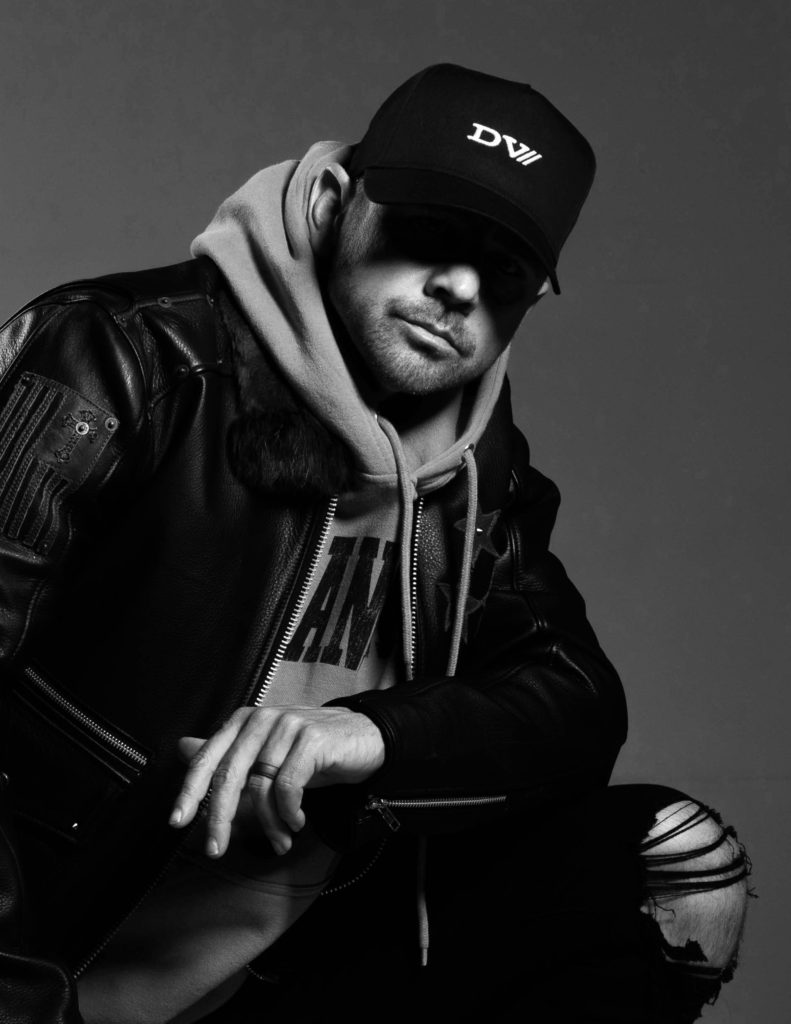See how to transform your slow dialogue into a captivating story with dynamic editing.
Dynamic video editing techniques
Powering Your Short Films with Dynamic Editing Techniques
There’s nothing worse than a slow & lifeless video. We’ve all watched movies where the dialogue goes on forever and seems to never end.
It’s not fun.
Fact is if your video can’t keep people engaged, you’re gonna lose your audience.
The biggest challenge today with ANY narrative style project is that sometimes the dialogue needs to be slow. To tell the story better.
The dilemma is how do we edit a video to keep people’s attention so they will sit through slower paced dialogue?
Two words. Dynamic Editing
This technique has got to be one of the most popular forms today used in commercials, narrative projects and more. In this article we will discuss what dynamic editing means to us & our top 5 ways to elevate your edit and make it more dynamic. Making the end result much more exciting to watch till the end.
We recently created a short narrative style documentary film called “Fear of Flying”. The film has already won a few awards at film festvals around the globe & It serves as a great reference as we will show our editing process & what dynamic elements we added to help tell the story of Bianca.
Definition of Dynamic Editing:
The word dynamic is characterized by constant change, activity, or progress.
How can we keep an edit dynamic and in a state of change, in a way that serves the story?
When editing the video we can achieve this by first looking into the details :
Specifically breaking down the storyline, understanding the pace and visual rhythm, figuring out where to integrate buildups & slowdowns, and lastly polish the edit with sound design and color grading. Before you start your edit, you should have these figured out to give you your direction.
1) Breaking down the storyline: What to do
- Find the theme: What is the message the video is communicating?
- Define the story structure (what is the beginning, middle, and end)
- How will the story influence editing decisions : It’s there parts that have high energy , low energy, etc.
- See examples from Reference below
How we broke down the story in our reference project ‘Fear of Flying’.
Although we had a rough idea for the project outcome, we didn’t have a solid story structure in place while filming.
Our first step to editing this project was defining the storyline. One one the biggest challenges with editing this project was that the dialogue was raw and unscripted . We recorded Bianca and let her talk.
We felt it was more real and authentic that way. So in order to create a story structure we had to scrub through her interview and find a beginning, middle and end. We found 3 sections that would serve as a setup for the story, the body of the story and the conclusion.
2) Understanding Pace & Rhythm: What to do next
- Find the pacing of your story pillars
- Determine rhythm and flow in edit (changes in emotion and speed)
- Use Techniques to achieve visual rhythm and flow ( Speed ramping and montage sequences for fast paced, Slow motion and dialogue for slow sequences)
- Examples from Reference
Once we had the pillars of the storyline in place from the dialogue. Now was time to define the pace and rhythm to determine how and where to add some dynamic elements.
Adding dynamic sections: Since most of the dialogue was slower paced, we knew we had to insert some fast flashy style elements in the negative space of each section. We also planned on adding some buildups and slowdowns.
3) Integrating Buildups and Slowdowns:
- The role of buildups and slowdowns in editing: Adds interest by constantly changing speed.
- Techniques for effective buildups and slowdowns (Montages and speed ramping)
- Sound designing using risers, downers swooshes and hits
- Examples from Reference
There were a few critical points: we added sound design and dynamic editing elements to compliment the story. See those below.
4) Re-edit your edit:
- Feel the rhythm and flow of complete project
- Polish any sloppy cuts or unneeded sections
- See examples
5) Final Step of Creating a Dynamic Edit: Sound Design and color grading
- Role of sound in editing and storytelling
- Types of sounds for dynamic sound editing
- Example of Reference
Sound is arguably the one element that can transform your edit. It will bring your audience closer to the action if they can hear it. There are many categories of sounds to use when making your edit more dynamic.
We recommend layering these 10 sound design elements into your project.
- Music
- Foley
- Swooshes
- Risers
- Downers
- Hits
- Drone & Ambient
- Braams
- Percussion
- suckback
Conclusion
Dynamic Editing is one of the most popular editing techniques used in commercials and narrative projects. As long as it serves the story, it can be a great way to keep your audience engaged and satisfied with your ending.
Hire Dreamvision to edit your project.


